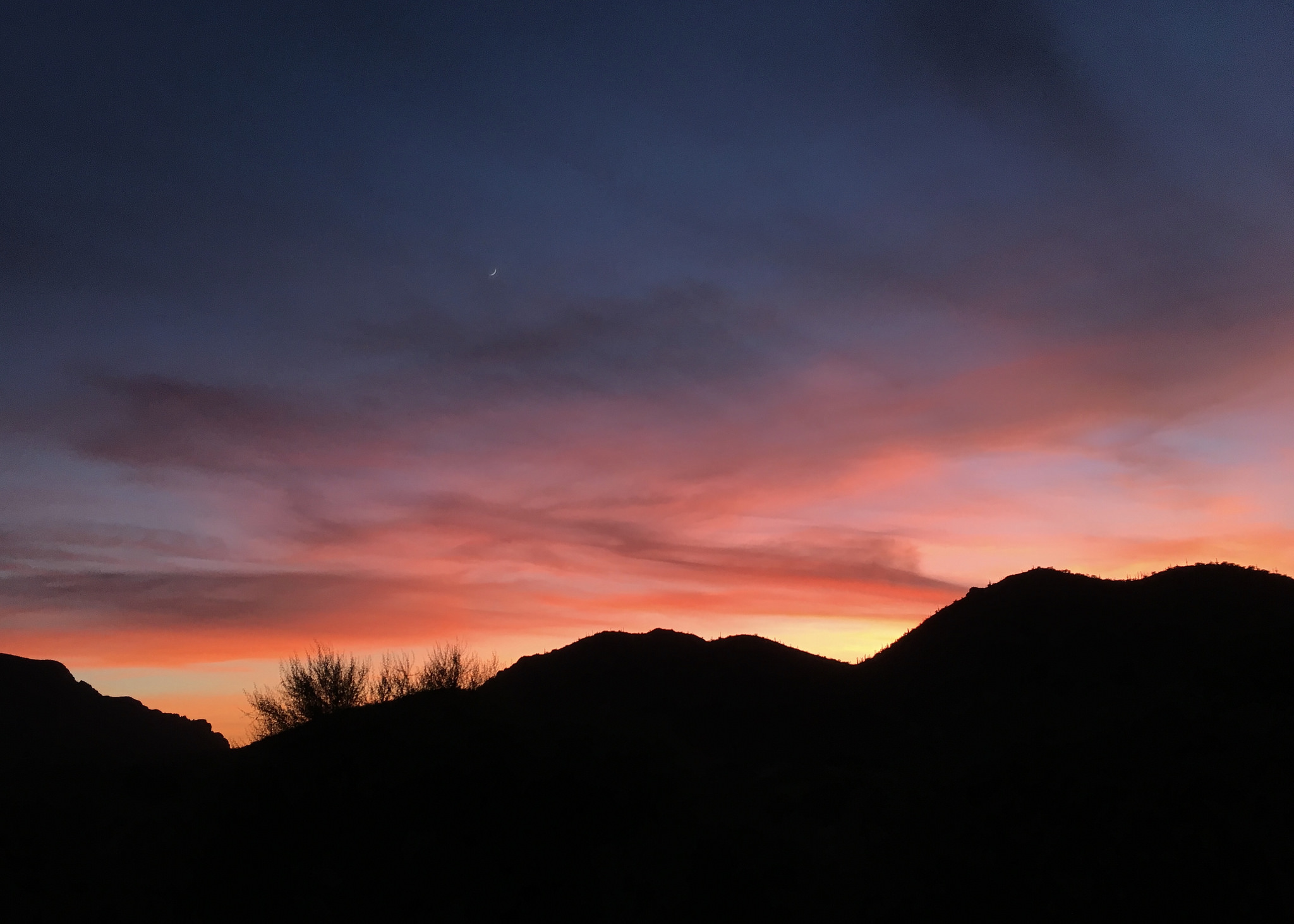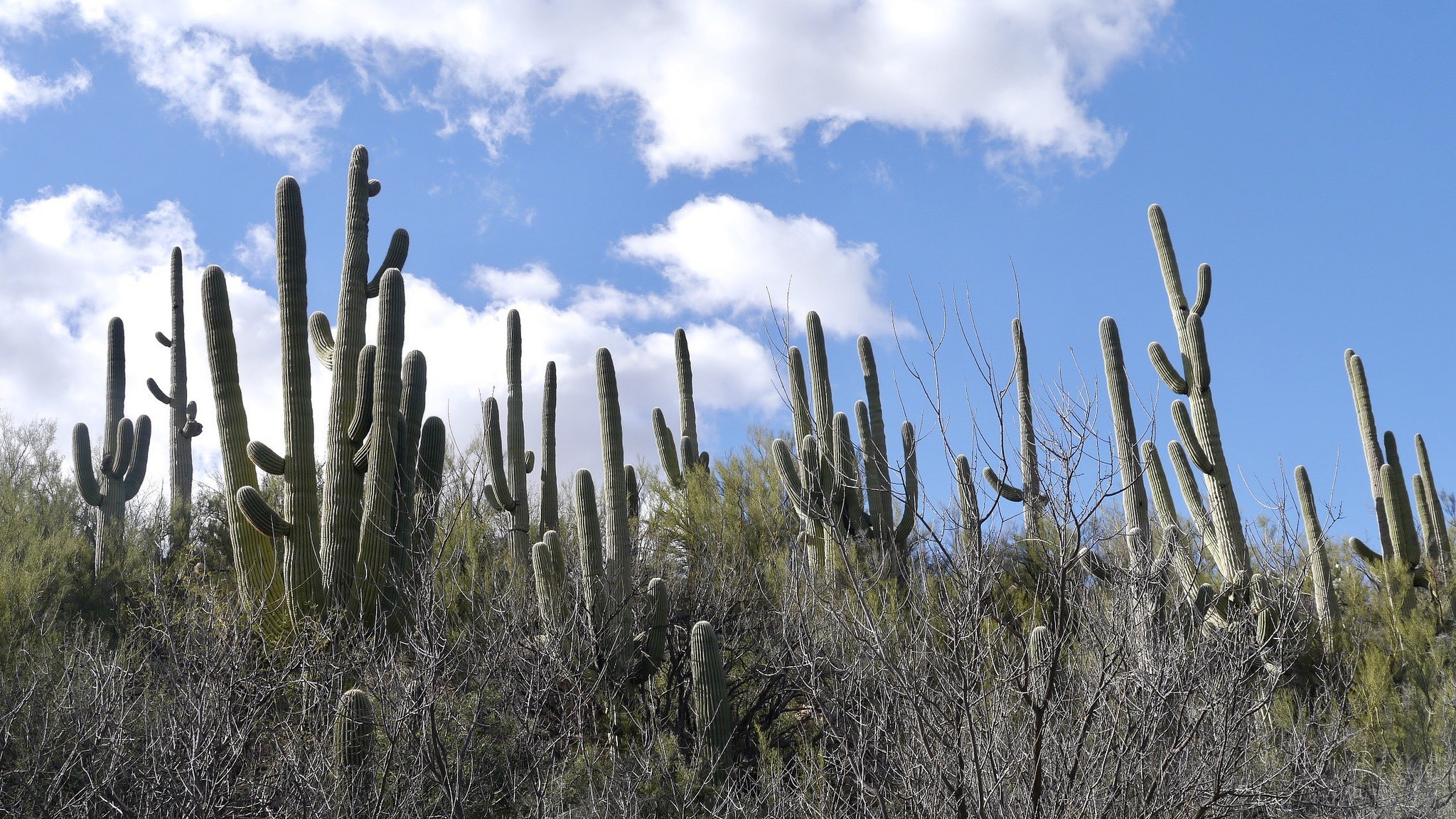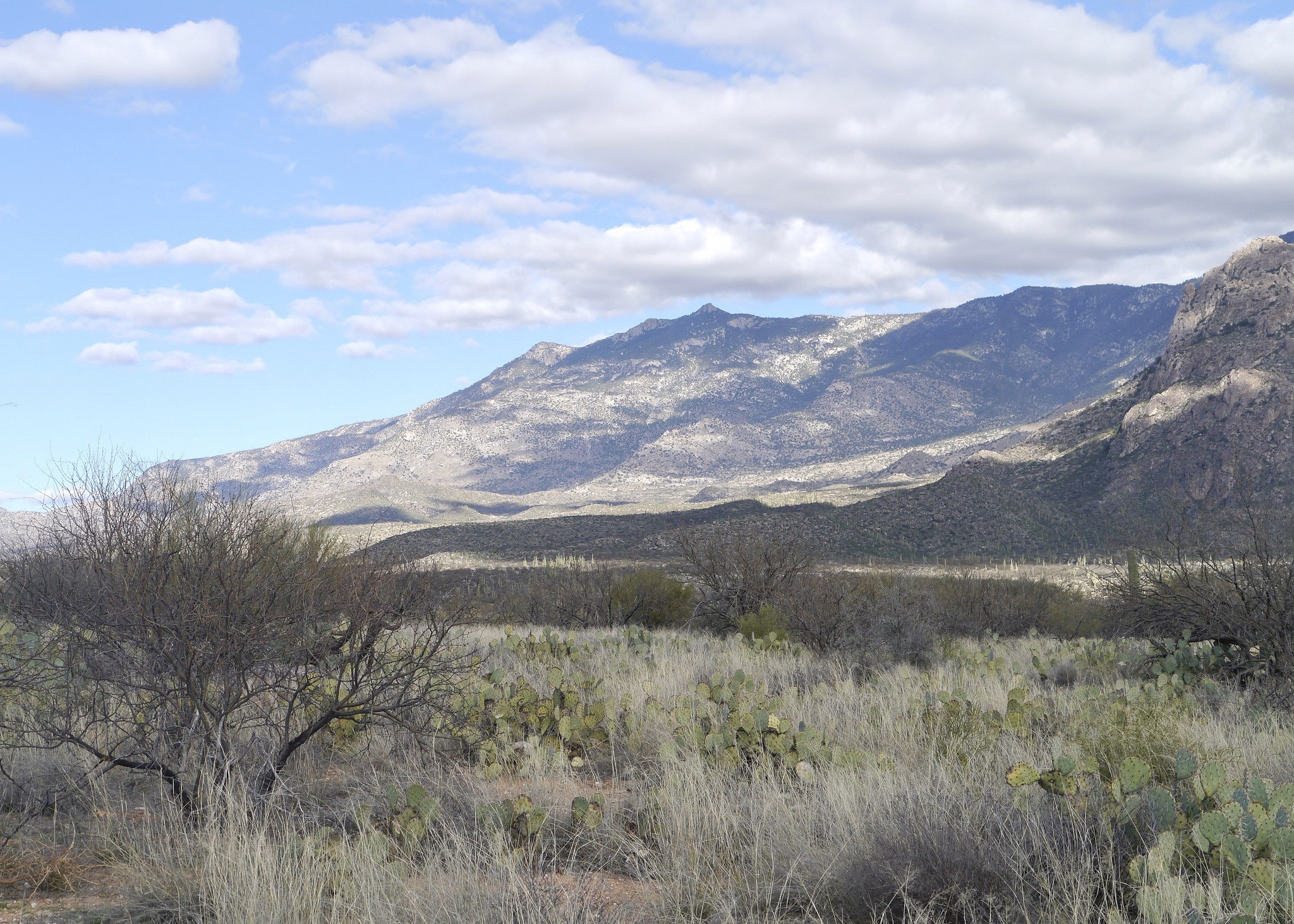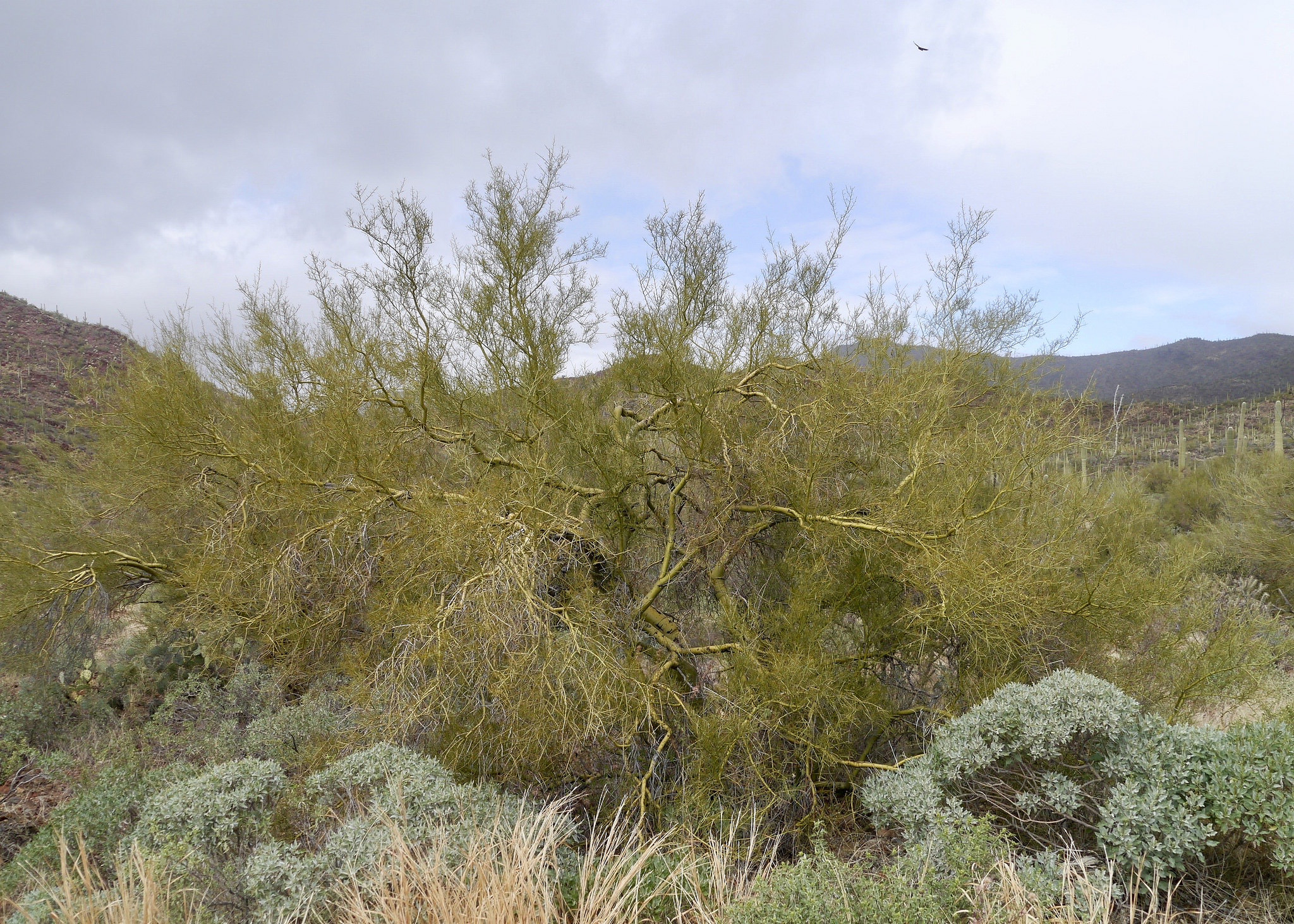
* All photos in this post are from Arizona
”In this convulsive age of uprooted populations and extensive diasporas, holding onto places – and sensing fully the goodness contained therein – has become increasingly difficult, and in years to come, I expect, it may everywhere be regarded as a privilege and a gift.”
Keith Basso begins his book, Wisdom Sits in Places (paid link), by acknowledging our generally nomadic lifestyle. We tend not to stay in one place anymore. This certainly applies to me, someone who left the place of my birth at age fifteen, and returned forty years later. I lived in a different country (the U.S.) and in three different states while my kids were growing up. Basso advises us to look to the land where we are. To the Apache people of Arizona, the land holds wisdom through the past and present stories of the place, not just when they happened but where, and what they reveal about the social life of the time.
“The past is at its best when it takes us to places that counsel and instruct, that show us who we are by showing us where we have been, that remind us of our connections to what happened here.” ~ William Chapman
In other words, the past isn’t gone; it’s embedded in the present. The key to knowing yourself and becoming wise comes from a deep knowing of the land and an understanding of how you’re connected to everything else. The Apache people offer place names as a way to not only describe a place but to remember the stories. These stories fall into four different genres: myths (symbolic stories used for instruction), historical (what happened here long ago), sagas (more recent stories about what happened here, usually entertaining) and gossip (informative; what’s happening to someone else here).
For example, one place name translates as “Big Cottonwood Trees Stand Here and There.” This name recalls a historical tale from when the Pima and Apache were fighting. It tells of a woman who died because she misinterpreted who was fighting and got involved when she shouldn’t have. She gave away her whereabouts and was killed. Another woman kept quiet, ran away, and escaped death. This story reminds present day Apache to respect boundaries. All they have to do is say the name of the place and they remember the story.
Those who remember the stories and apply them are the most wise.

“The Apache theory holds that wisdom consists in a heightened capacity that facilitates the avoidance of harmful events by detecting threatening circumstances when none are apparent.”
In other words, wisdom helps one to survive. According to the Apache, there are three mental conditions necessary to reach this capacity for wisdom. These are not given at birth but need to be taught and cultivated.
1. Smoothness of mind (primary) – a cleared space, free of obstructions or distractions, allowing one to observe and reason with clarity. Those with smoothness of mind are able to penetrate to the reality of a situation and see hidden possibilities.
2. Resilience of mind (secondary) – wards off external distractions. A resilient mind protects the interior from disruptions that threaten quiet thinking. Fear and alarm are the greatest threats. So, a resilient mind absorbs disruptions and deals with them without becoming agitated.
3. Steadiness of mind (secondary) – wards off internal distractions. A steady mind stays centered and humble and calm; it does not get angry or vindictive.

How does one cultivate these qualities of mind?
According to Basso, it’s a lifelong process of two steps forward, one step back and recognizing when we fall short. It requires introspection and an unflinching awareness of self. Times of silence and solitude or a practice of meditation might be helpful. Paying close attention to what’s going on around you is key. It may involve instruction from someone who is further along the path. Moving along this path of wisdom leads to gradual changes in behaviour, which then become lessons for others. A wise person emits an energy of calm and equanimity without doing or saying anything. They positively impact their surroundings.
Who exemplifies this kind of wisdom for you?

The Apache tell their children to “Drink from places. Then you can work on your mind.” We can learn from the land, the places where we live, through its stories of the past. We can learn from others who are experts, as well as our own stories and encounters of place. This is what we’ll be doing in the new course, PLACE: Discover Yours, drinking from the wisdom found in the stories of the place where you live. Please join us. It starts April 1st.